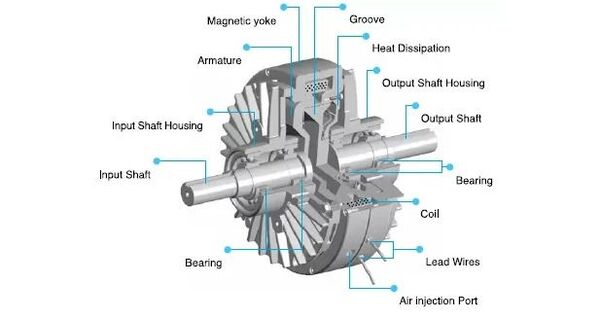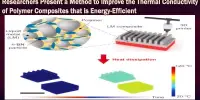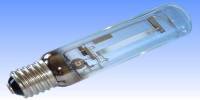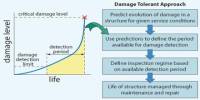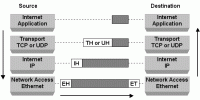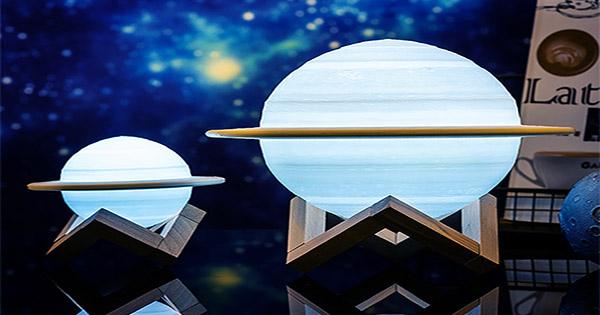A Magnetic Particle Clutch (MPC) is a form of electromagnetic clutch that uses magnetic particles suspended in a fluid medium to transfer torque. It is a unique sort of electromagnetic clutch that does not need friction plates. Instead, it employs a thin powder of magnetically sensitive material (usually stainless steel) to mechanically connect an otherwise free-wheeling disc attached to one shaft to a rotor attached to the other. This type of clutch is noted for its smooth engagement and accurate control, making it ideal for a variety of industrial applications.
This clutch is a variation of the powder clutch. The torque is transmitted mechanically via a metal powder filling. In the magnetically controlled variant, particles are locked in place by an applied magnetic field. This field, unlike a pure magnetic coupling, does not contribute to the magnetic transmission of torque.
Components and Operation
When a coil applies a magnetic field to the powder, chains are formed that connect the disc and rotor. The strength of the chains is proportional to the strength of the magnetic field. If no magnetic field is supplied to the powder, it is free floating. In this state, the clutch can spin freely without the input shaft being engaged with the output shaft. Magnetic particle clutches have made equipment control easier while also prolonging life of machine components.
- Input and Output Shafts: These are the primary components that connect to the driving and driven machinery.
- Magnetic Particles: These are fine iron or ferromagnetic particles suspended in a fluid within the clutch housing.
- Electromagnetic Coil: This coil generates a magnetic field when current is applied.
- Clutch Housing: This contains the magnetic particles and ensures they are evenly distributed.
Working Principle
- Disengaged State: When the electromagnetic coil is not energized, the magnetic particles are dispersed evenly in the fluid, allowing the input and output shafts to rotate independently.
- Engaged State: When the coil is energized, it generates a magnetic field that aligns the particles, creating a chain-like structure. This alignment increases the viscosity of the fluid, which locks the input and output shafts together, transmitting torque.
Advantages
- Smooth and Precise Control: The degree of clutch engagement can be finely controlled by adjusting the current to the electromagnetic coil.
- Minimal Wear and Tear: Since there is no direct mechanical contact between parts during torque transmission, the wear and tear are significantly reduced.
- Quick Response Time: The clutch can engage and disengage rapidly due to the quick response of the magnetic particles to the electromagnetic field.
- Overload Protection: The clutch can slip when overloaded, protecting the mechanical system from damage.
Applications
- Industrial Machinery: Used in conveyor systems, packaging machinery, and textile machinery where precise control of torque and speed is essential.
- Automotive Systems: Employed in automotive applications such as all-wheel-drive systems and automatic transmissions for smooth engagement and disengagement.
- Robotics: Utilized in robotic arms and precision machinery where precise control of movements is crucial.
- Printing and Paper Industries: Used to control the tension of rolls and to ensure smooth operation of printing presses.
Maintenance and Considerations
- Heat Dissipation: Proper cooling systems should be in place to dissipate heat generated during operation to avoid overheating.
- Regular Inspection: Periodic inspection and maintenance of the electromagnetic coil and the quality of the magnetic particles are necessary to ensure optimal performance.
- Power Supply: A reliable power supply is crucial to maintain consistent performance, as the clutch operation depends on the electromagnetic field.
Magnetic Particle Clutches are a versatile and efficient solution for applications requiring smooth, adjustable torque transmission. Their ability to provide precise control and minimal maintenance makes them a popular choice in various industries.
